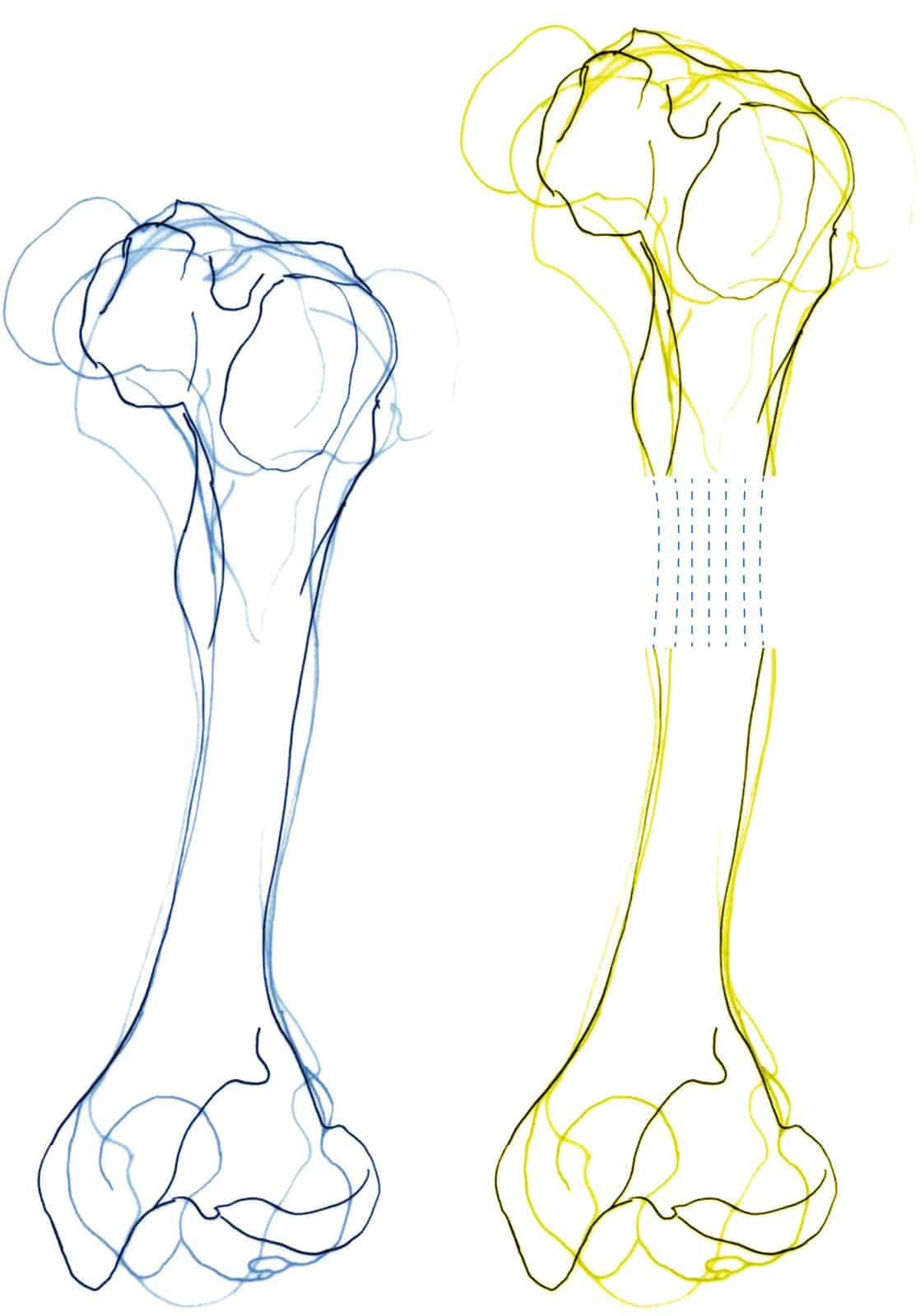
What Are the Immediate Effects of Bone Lengthening Surgery?
Bone lengthening surgery involves precise techniques to modify bone structures for correcting discrepancies or enhancing limb lengths. Following surgery, patients may experience immediate symptoms including pain, swelling, and limited mobility, which are managed with medications and proper care. The body’s response to the surgical intervention involves a natural healing process that requires time and patient cooperation with post-operative instructions to ensure safety and effectiveness.
In the immediate aftermath of bone lengthening procedures, healthcare teams closely monitor patients for any signs of complications such as infection or improper bone healing.
How Does Bone Lengthening Impact Mobility Short-Term?
Post-surgery, mobility is notably affected as the limb adjusts to the new physical dynamics imposed by the lengthening device. Patients typically require the use of mobility aids such as walker and crutches. This stage is critical for safe recovery, emphasizing controlled and gradual weight-bearing activities as guided by physical therapy protocols.
What Are Common Immediate Post-Surgical Complications?
Following bone lengthening surgery, like any surgical procedure, there are several common immediate post-surgical complications that medical teams vigilantly monitor for. These include mild pain and swelling at the surgery site, which are manageable with medication and care strategies.
Additionally, the risk of infection is minimized through the use of sterile techniques and post-operative care protocols. The specialized limb lengthening devices used in procedures such as the LON Method or Precice 2 Method are designed to reduce the risk of mechanical complications. Immediate attention to these potential issues by healthcare providers ensures that they are addressed promptly, leading to a safer recovery period and ultimately successful outcomes from the surgery.
What Are the Long-Term Benefits of Bone Lengthening?
Bone lengthening surgery not only offers immediate enhancements in limb length but also delivers profound long-term benefits. Over time, patients experience improved body symmetry and proportion, which can significantly boost self-confidence and enhance overall life satisfaction.
The innovative techniques used, such as the Precice 2 and LON methods, ensure that the lengthening process is precise and controlled, minimizing the risk of complications and promoting a smoother recovery. This advancement in medical technology fosters better integration of the lengthened limb, allowing patients to achieve more natural movements and a higher quality of life. Importantly, the procedure’s long-term success includes improved functionality of the limbs, which can profoundly impact daily activities and personal independence.
How Can Bone Lengthening Improve Quality of Life?
Extended limb functionality and alignment through bone lengthening can drastically enhance the overall quality of life, enabling more active participation in various physical activities and reducing discomfort in daily movements.
What Are the Potential Long-Term Complications of Bone Lengthening?
While bone lengthening surgery offers numerous benefits, it also carries risks of long-term complications such as joint stiffness, chronic pain, and in some cases, the possibility of future surgeries to correct related issues. These potential complications necessitate a well-informed decision-making process prior to undergoing surgery.
Patients must consider these risks in consultation with their healthcare providers, weighing the long-term health implications against the benefits. Ongoing research and advances in medical technology continue to improve the outcomes and reduce the risks associated with bone lengthening surgeries.
How Does Bone Lengthening Affect Physical Abilities in the Long Term?
Over the long term, bone lengthening can significantly enhance physical abilities by improving limb function and alignment. Patients often report greater ease in performing daily activities and participating in sports or physical tasks that were challenging before surgery.
This enhancement in physical capabilities is accompanied by an increase in limb strength and stability, providing patients with a more balanced and functional body posture. However, the degree of improvement varies among individuals and depends on several factors including the type of lengthening device used, the patient’s adherence to physical therapy, and overall health condition.
Are There Permanent Limitations After Bone Lengthening?
Despite the advancements in surgical techniques, some patients may experience permanent limitations such as reduced range of motion or slight differences in limb length. These outcomes require ongoing adaptation and sometimes additional interventions.

Op. Dr. Halil Buldu
Orthopedic Surgeon and specialist in Limb Lengthening & Deformity Correction with over 14 years of experiences
Author Page


